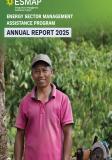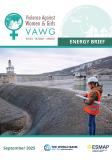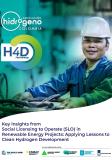Publications
Establishing appropriate institutional architecture is important to integrate power systems across borders and facilitate electricity trading, as even if the necessary infrastructure is in place, it does not automatically follow that it is being used to exchange power effectively. The co‑ordination of all stakeholders – governments, utilities1 and regulators – is required within jurisdictions, as is the creation of regional entities to support and oversee the integration process.
This report therefore examines stakeholder roles at different stages of cross-border integration to enable multilateral power trade. As energy regulators are our main audience, we focus on their roles and responsibilities after briefly addressing those of governments and utilities.
This report was prepared in collaboration with International Energy Agency, Regulatory Energy Transition Accelerator (RETA) initiative, The World Bank, Energy Sector Management Assistance Program, and International Renewable Energy Agency.




